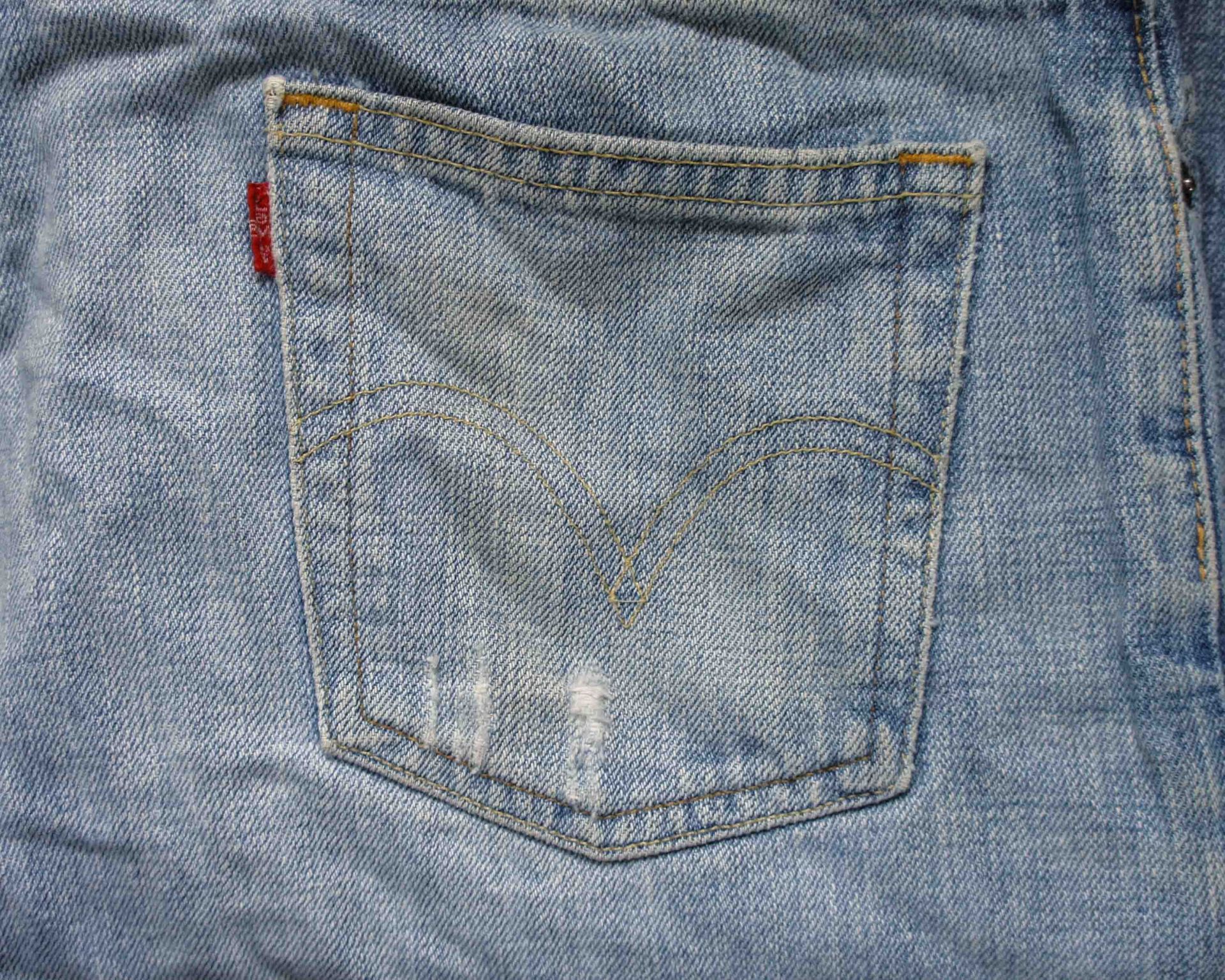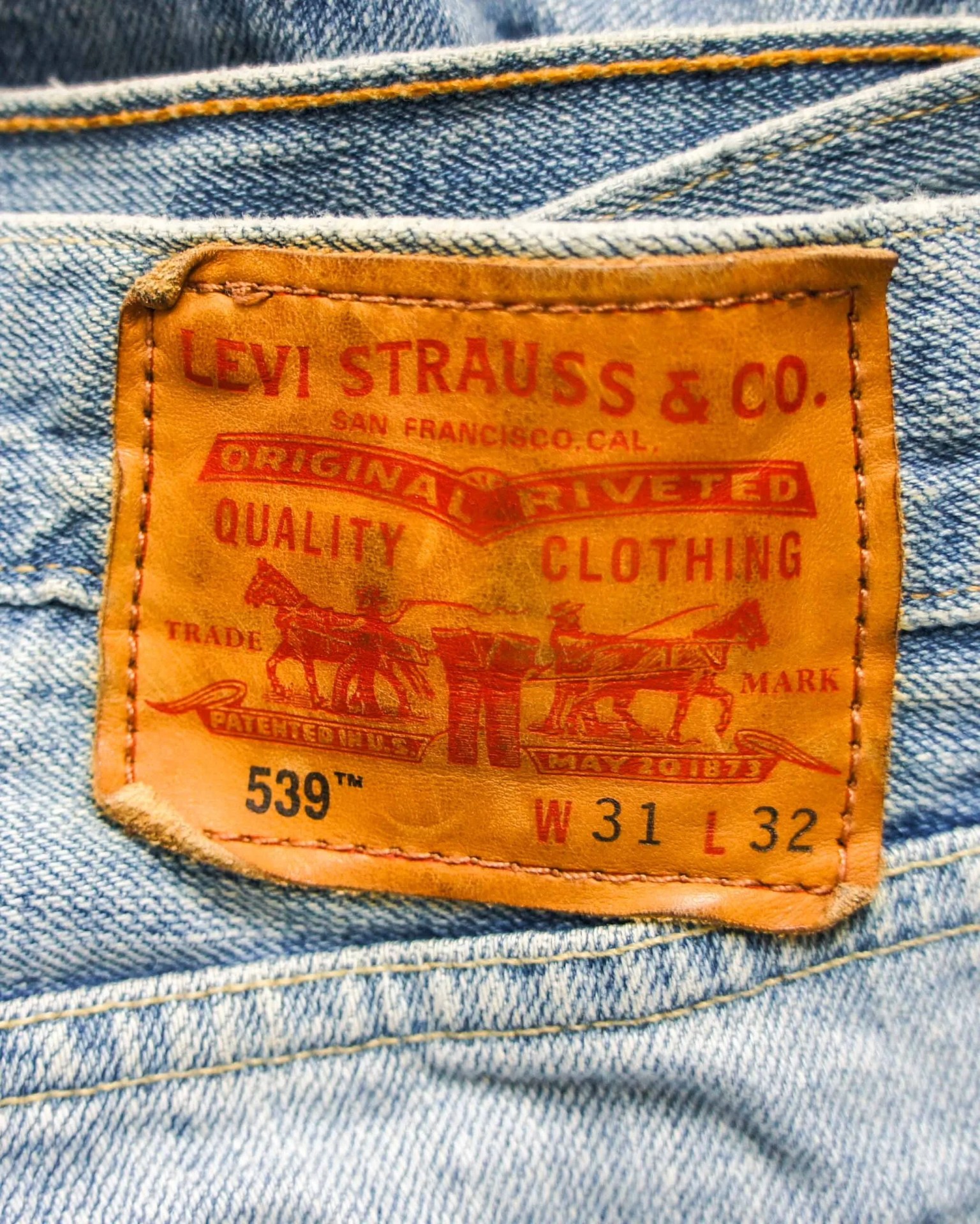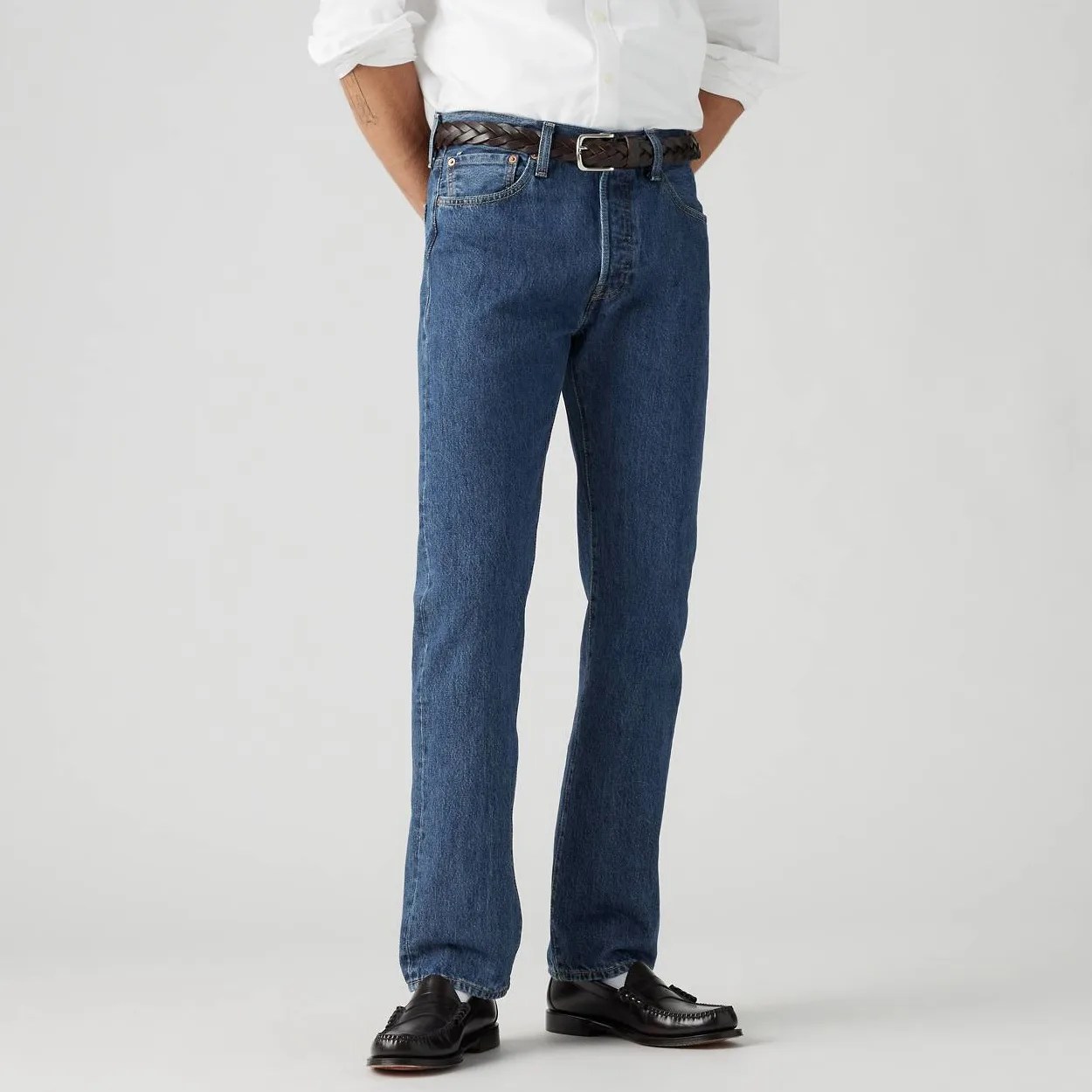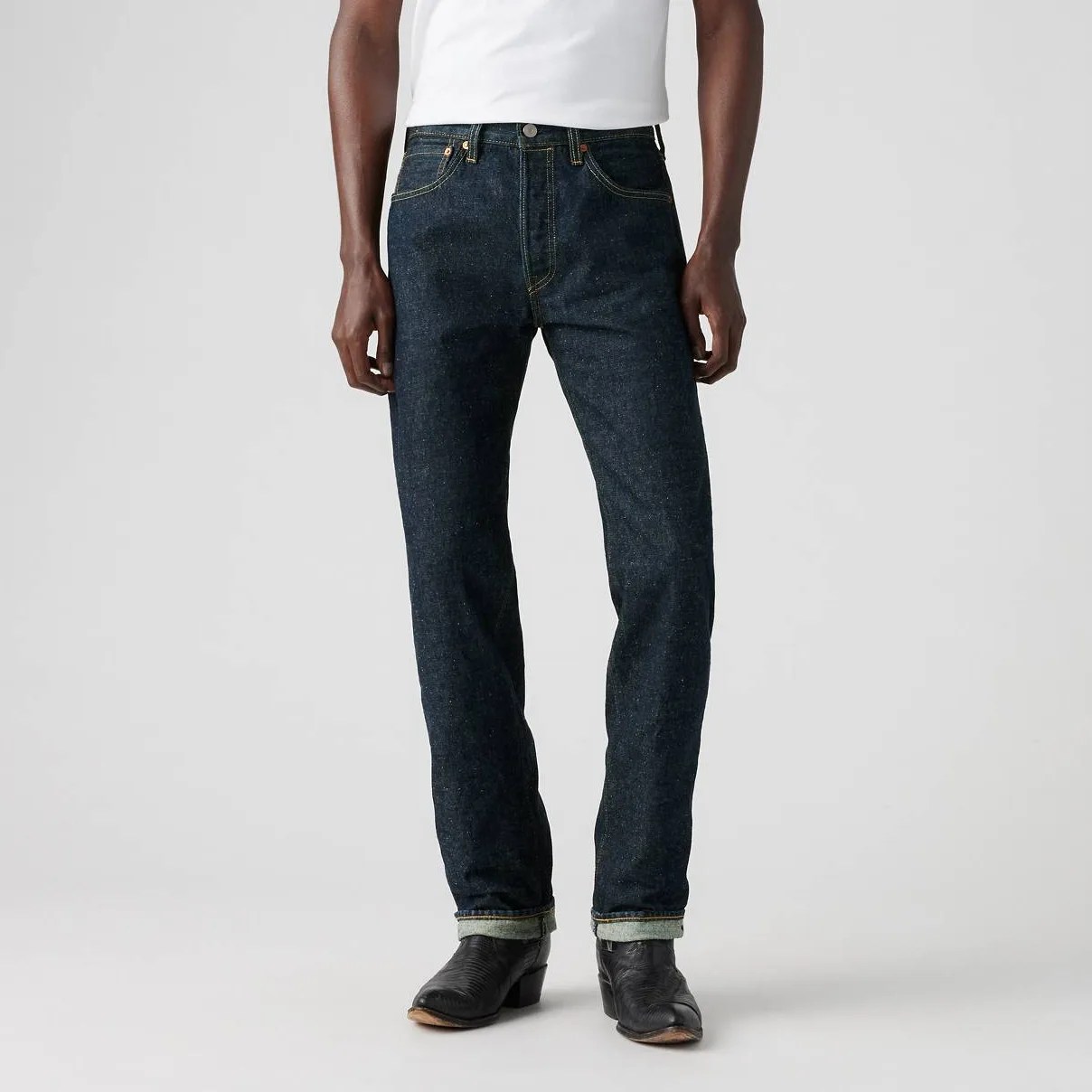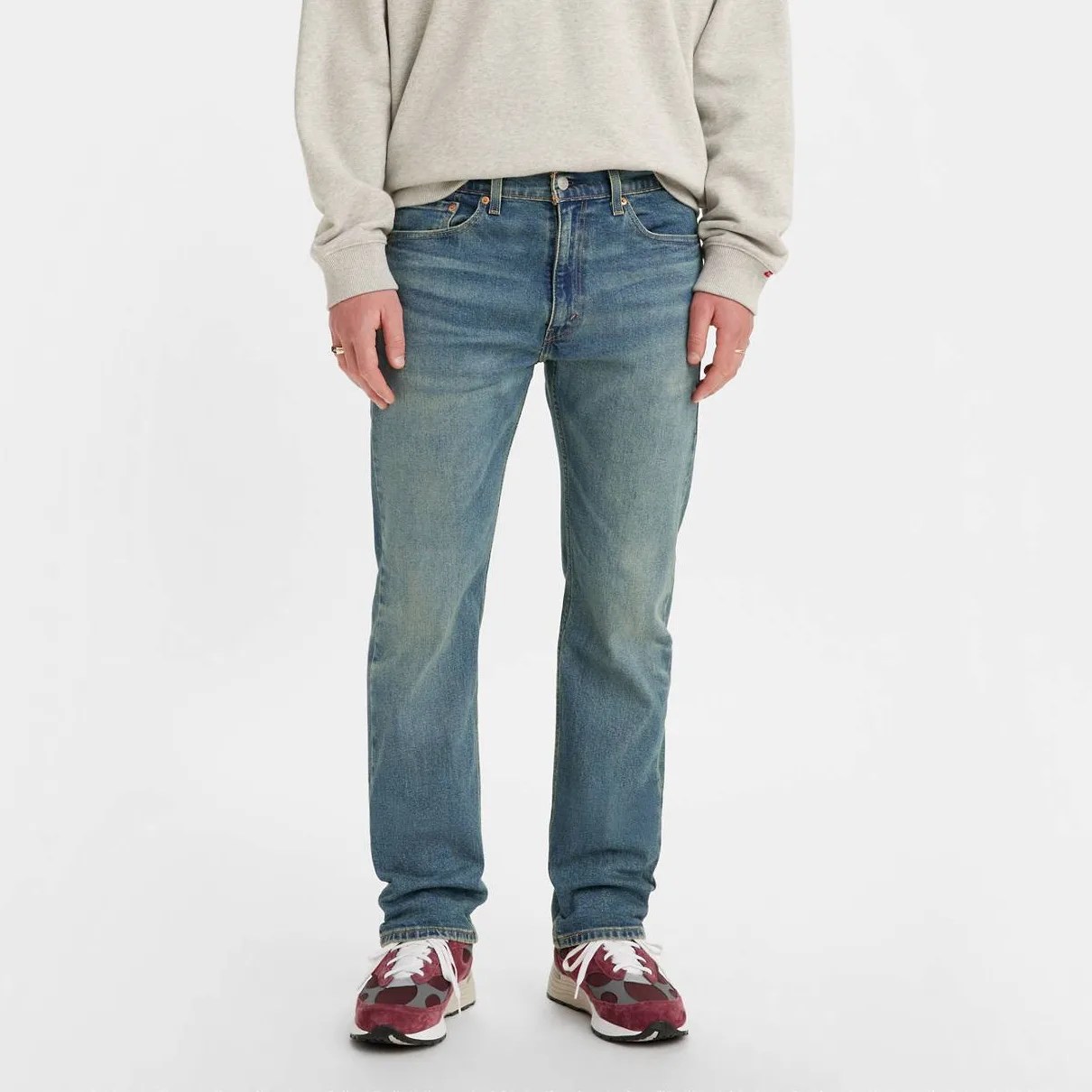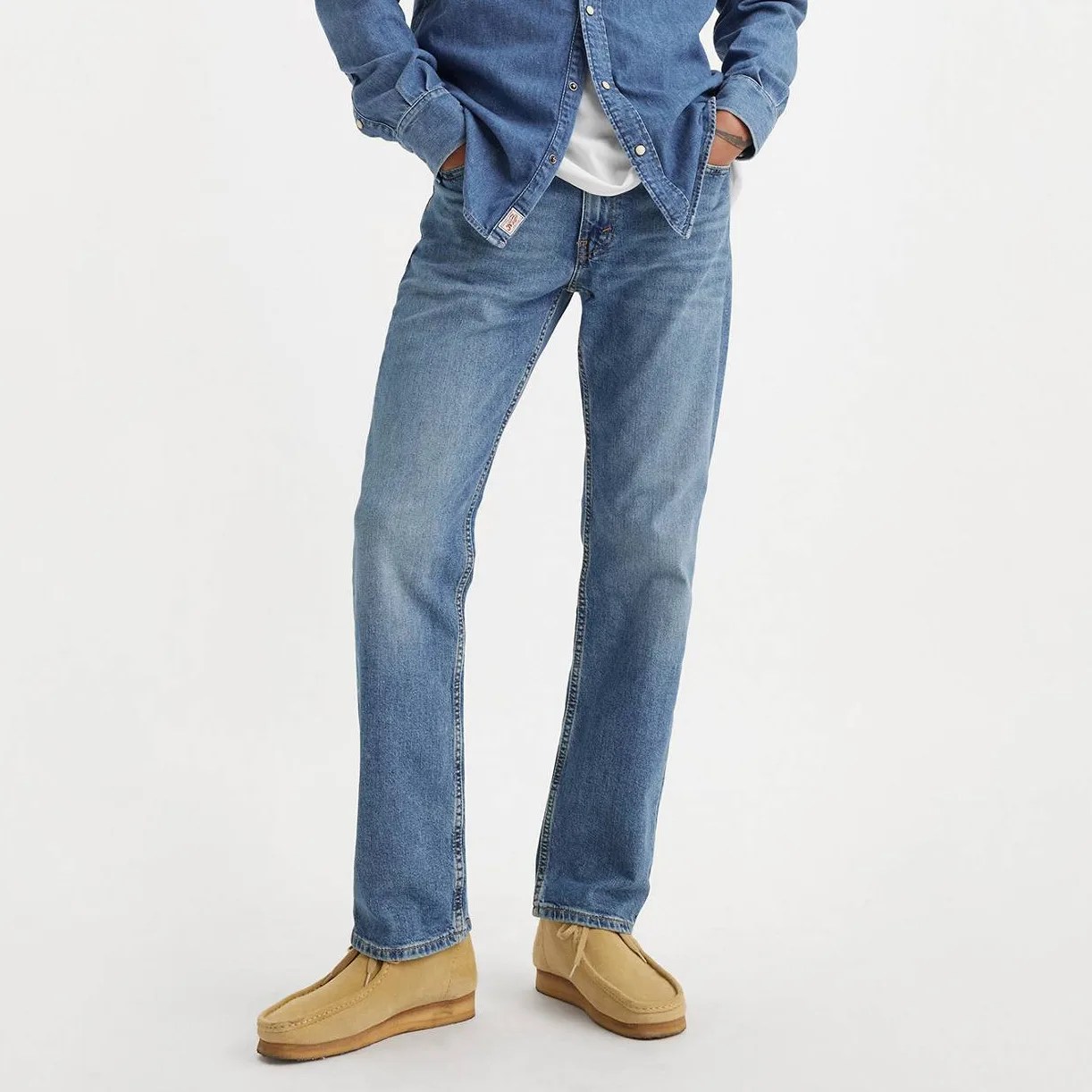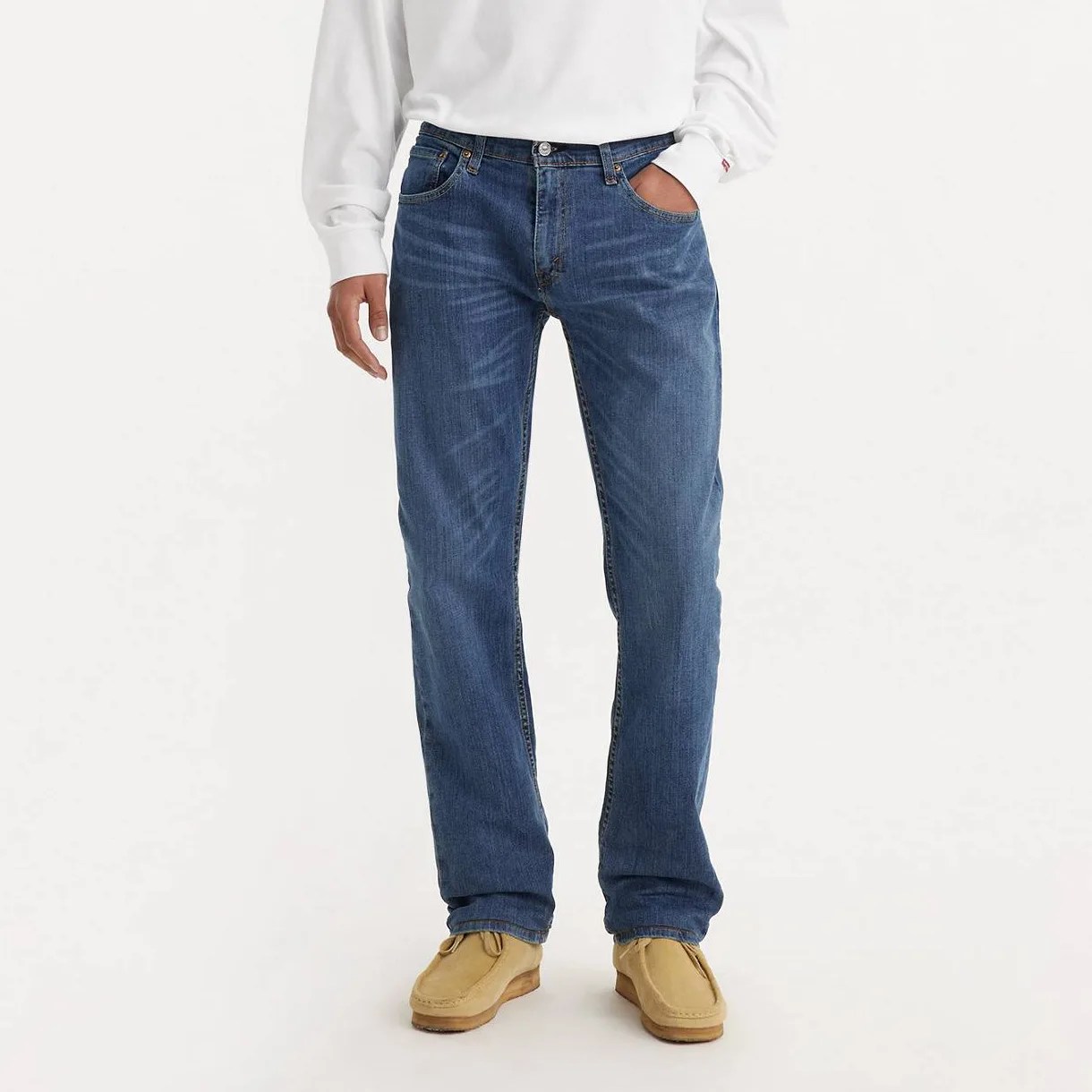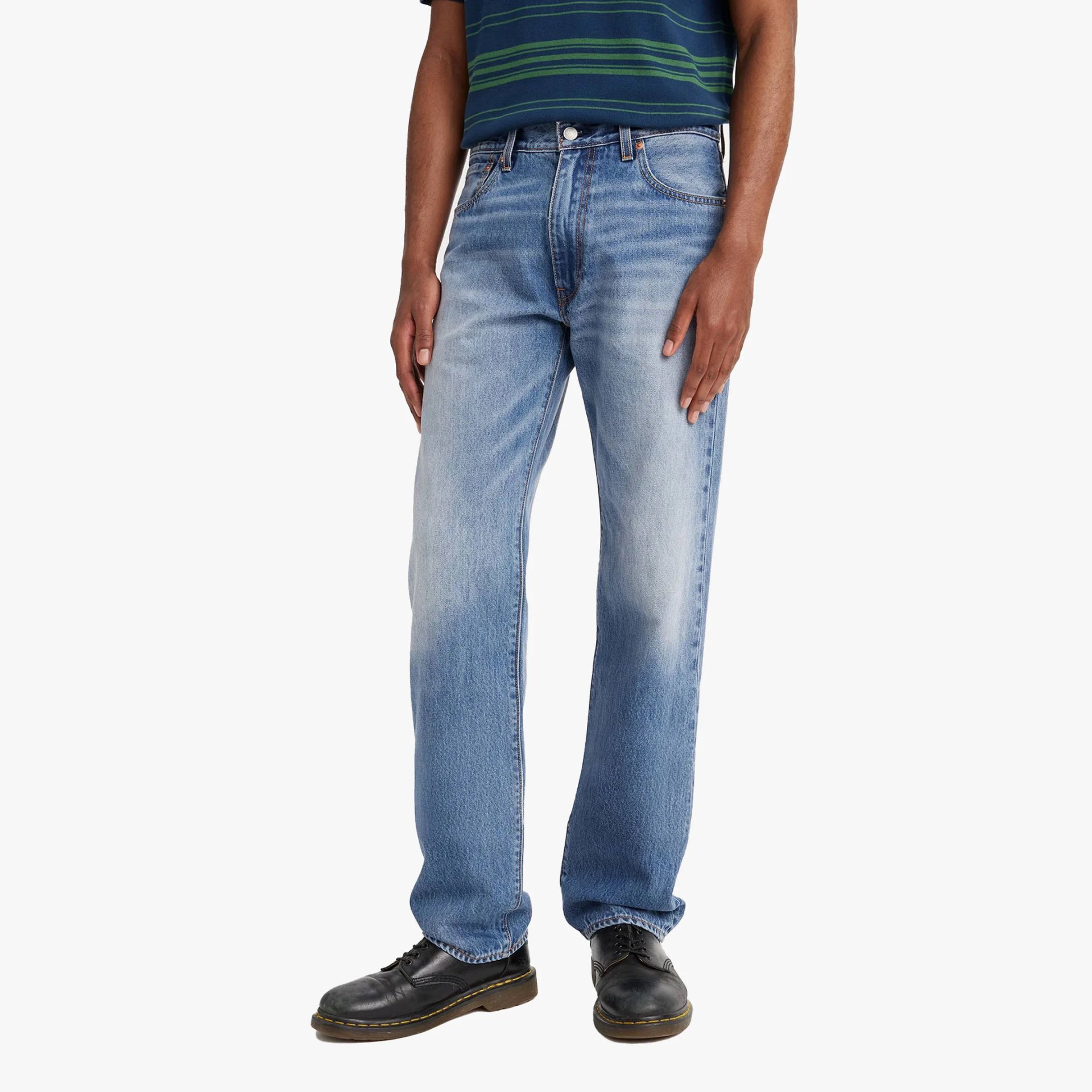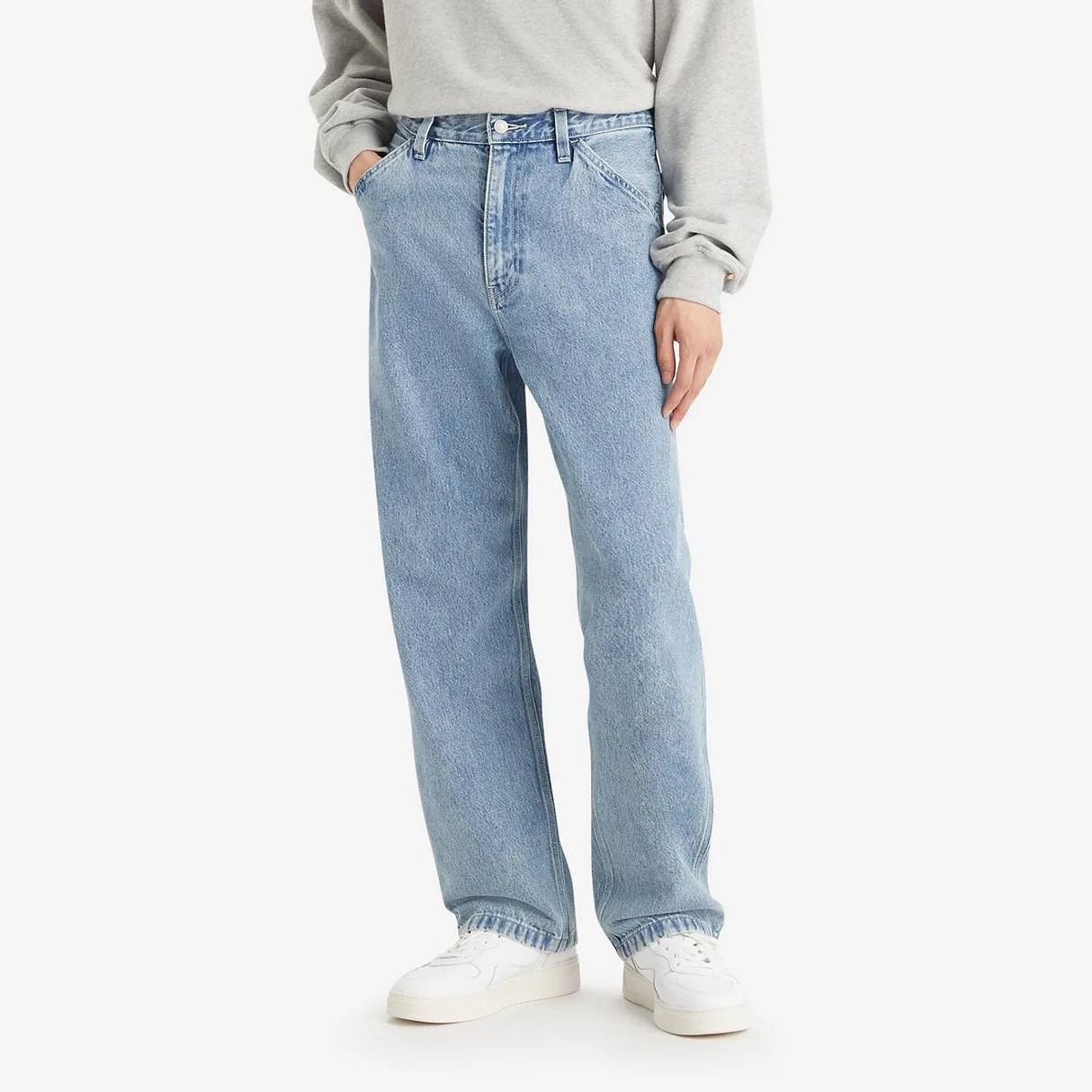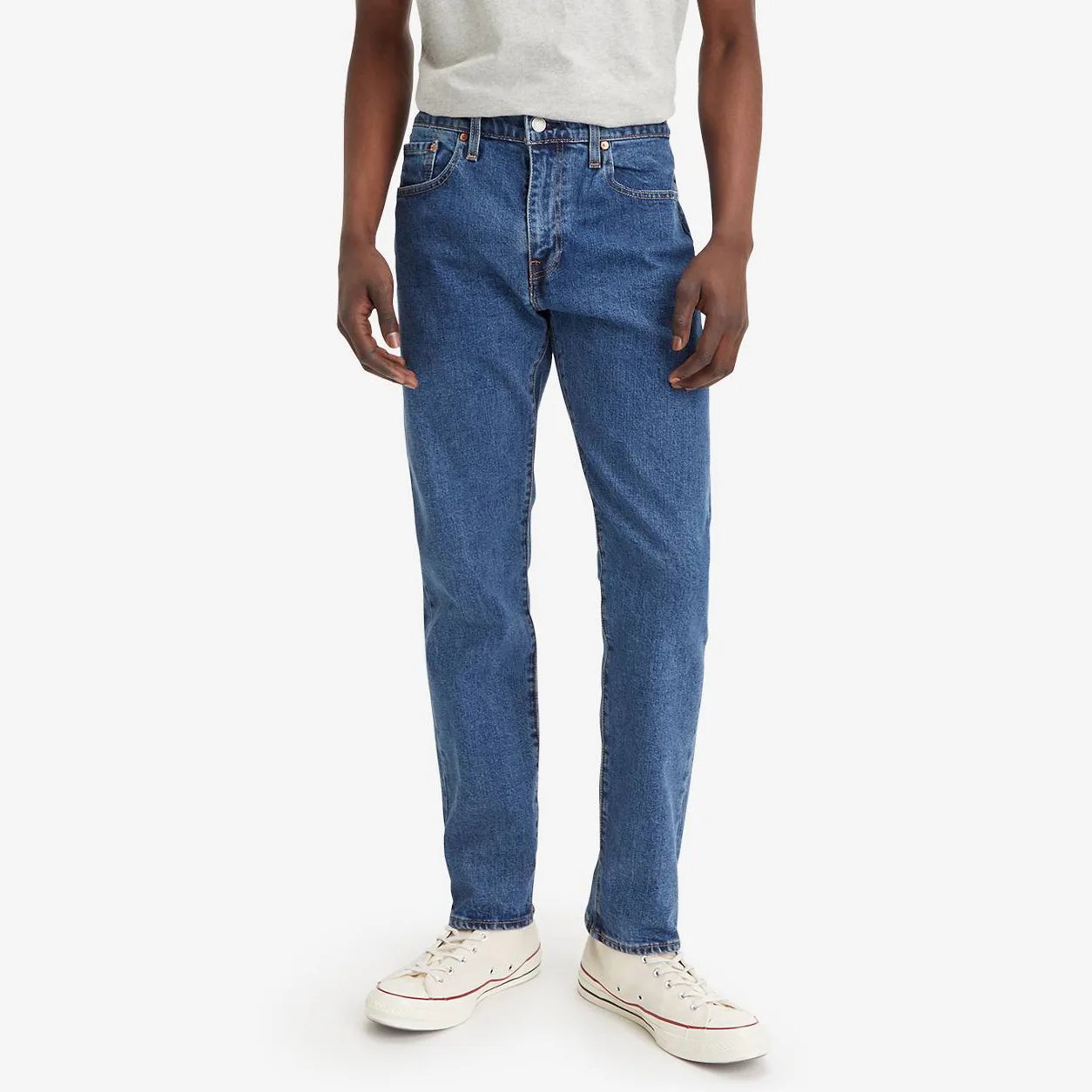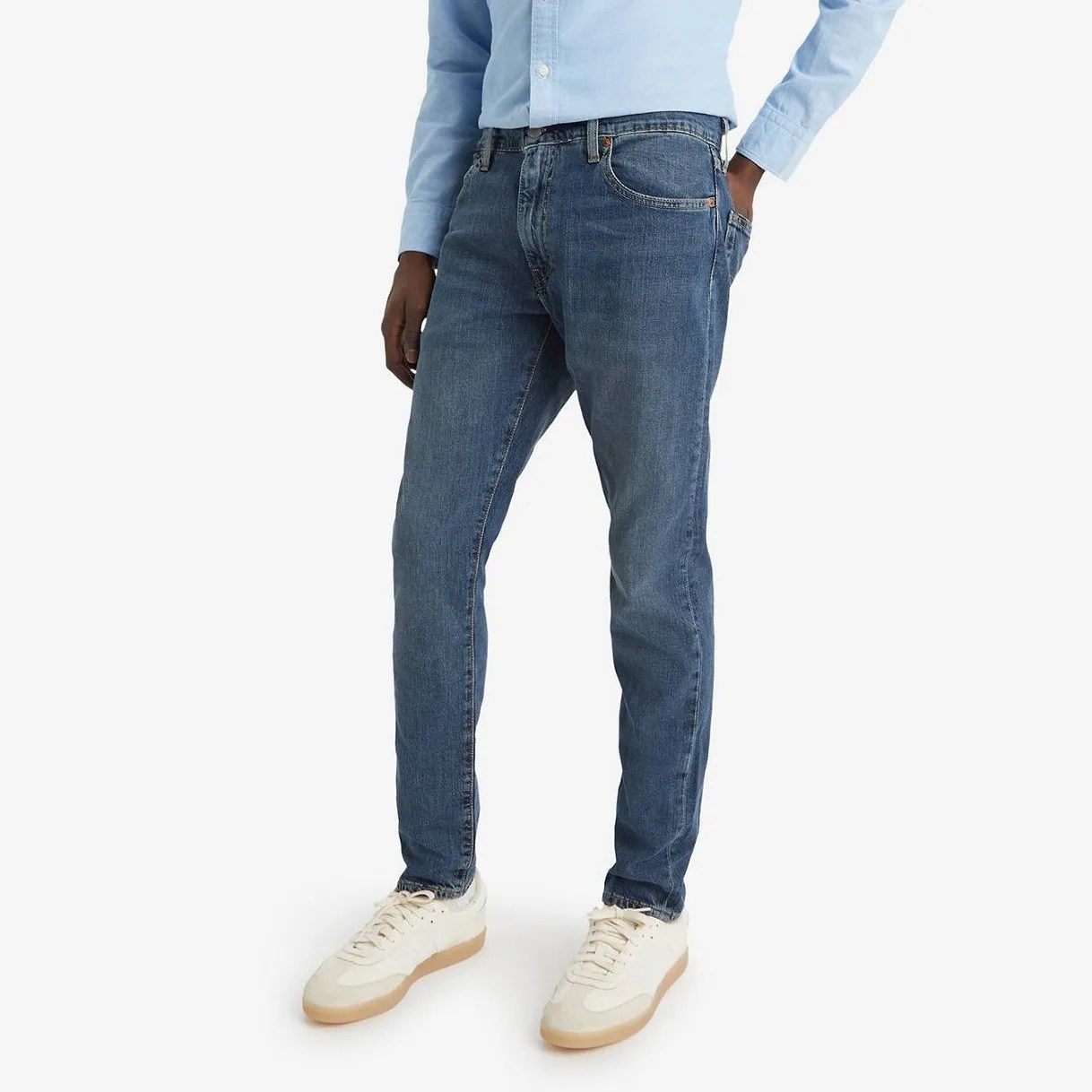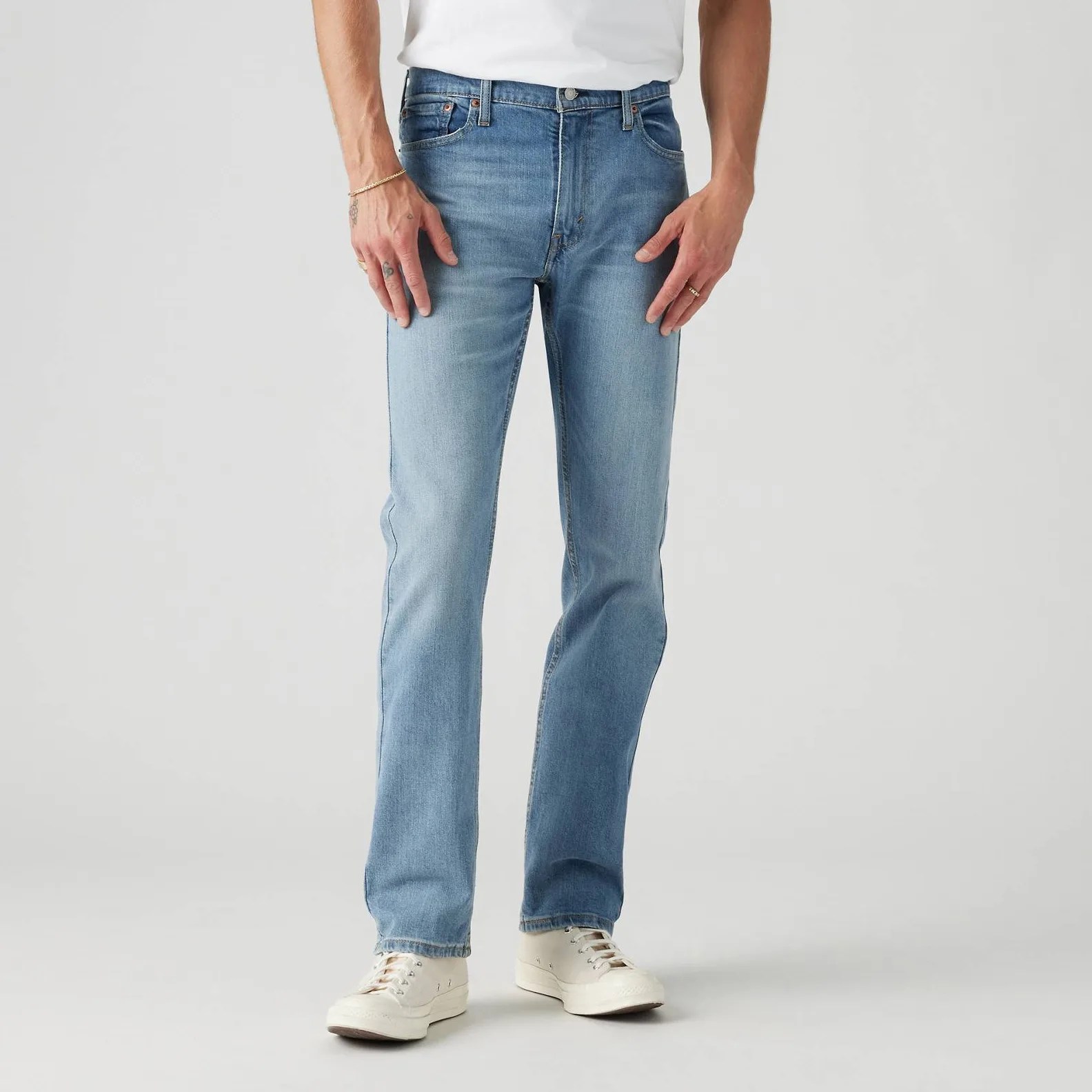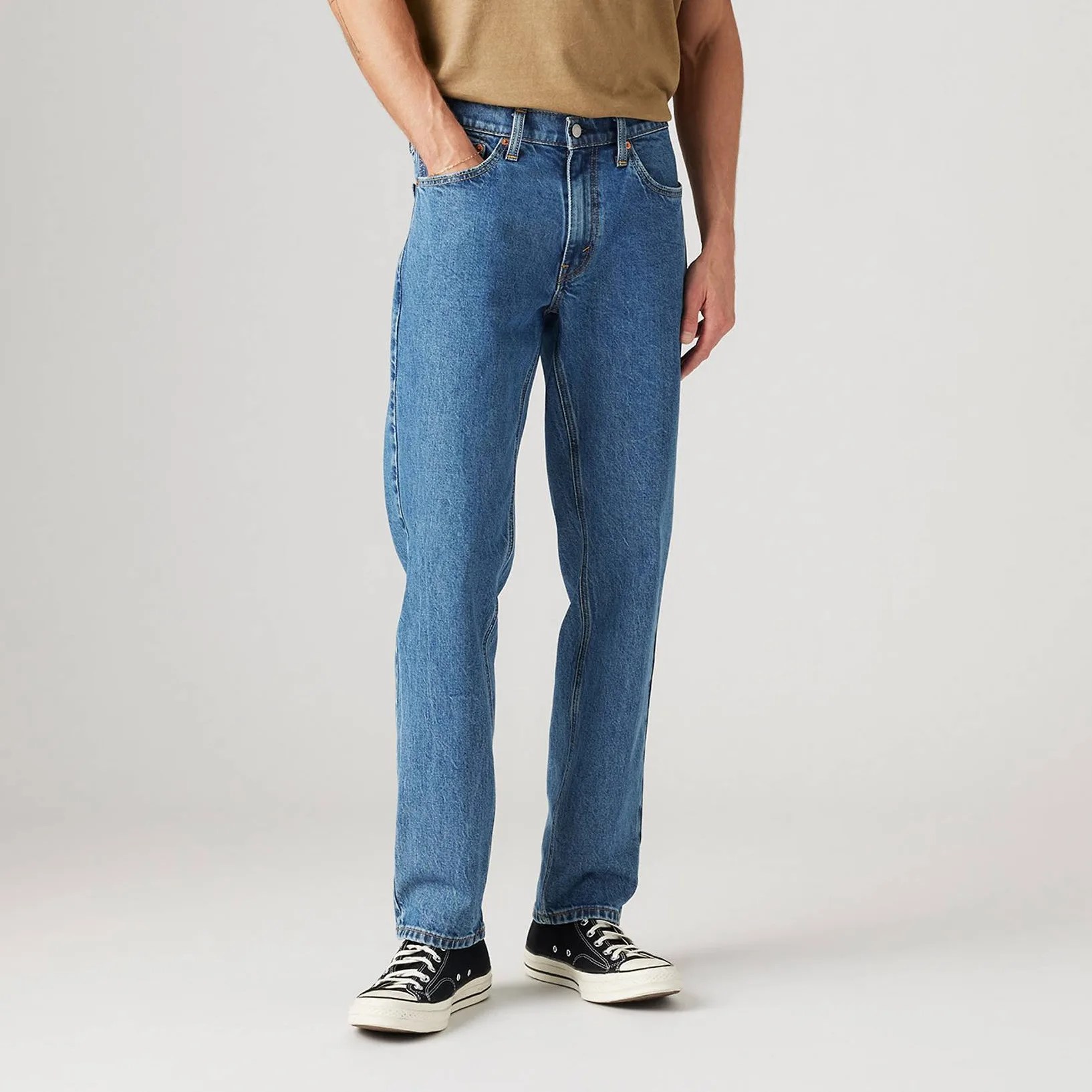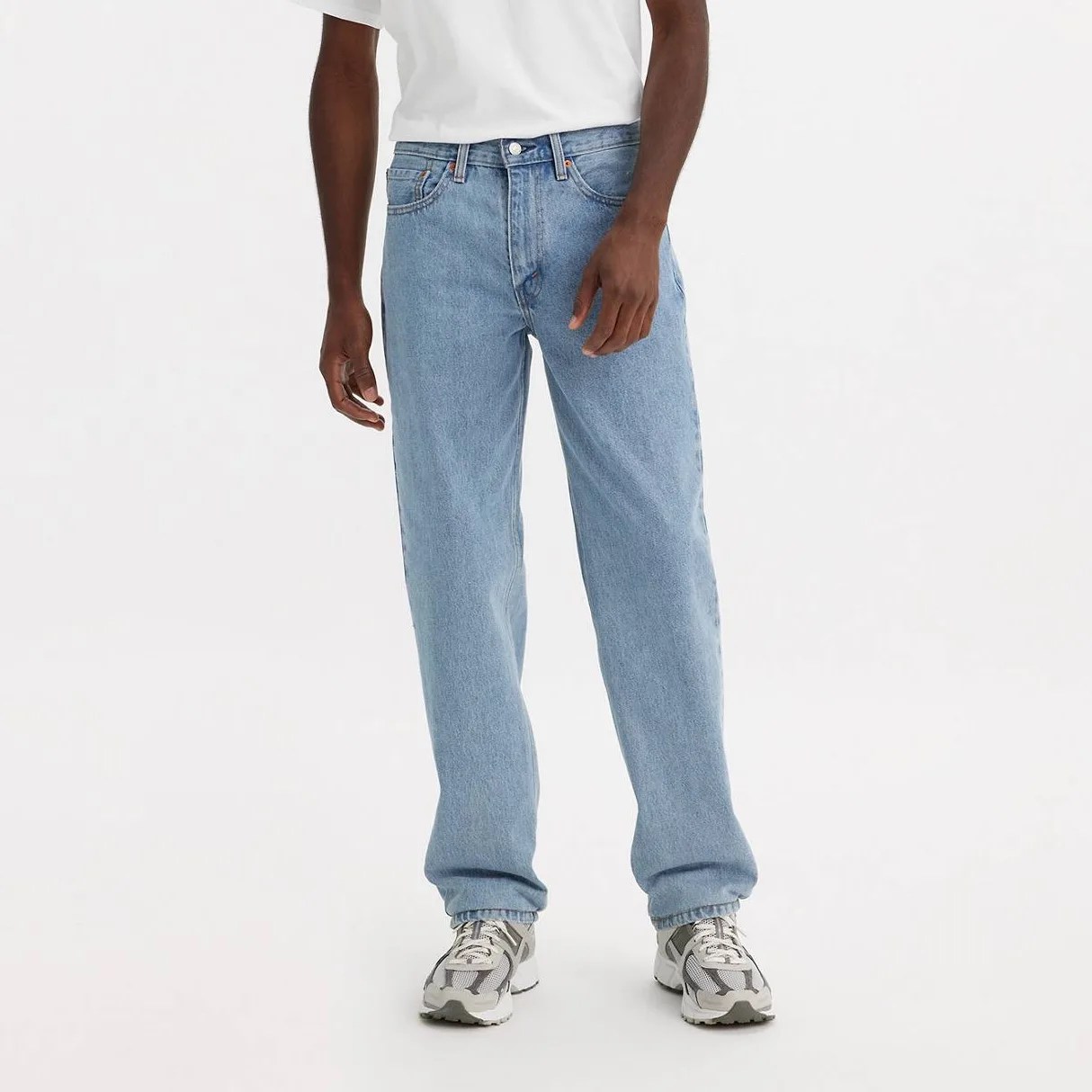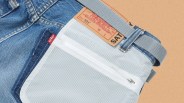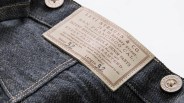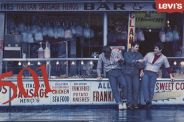In the beginning, there was one: the 501.
Over the past century and a half, Levi’s jeans have become a favorite of miners, laborers, rock stars, fashion designers and practically everyone in-between. No company has done more to make denim the quintessential American garment that transcends all social classes.
However, it is important to point out that Levi’s did not invent jeans. Denim goes back centuries and the pants, overalls and jackets made from it are rooted in the history of American laborers, as well as Europeans before them.
History of Levi’s
In 1873, a tailor named Jacob Davis contacted Levi Strauss, a San Francisco dry goods business owner, about rivets he fastened to pants to reinforce their pockets. Davis and Strauss filed a patent for the rivet-reinforced waist overalls that would eventually become known as jeans.
By 1890, the patent expired and Levi’s was no longer the style’s exclusive manufacturer. Cue numerical values: first being the 501 (and the 201, an affordable alternative). Though the reasoning for the numbering remains a mystery, Levi’s used it as the foundation for styles to come: the 505, 511 and so on.
